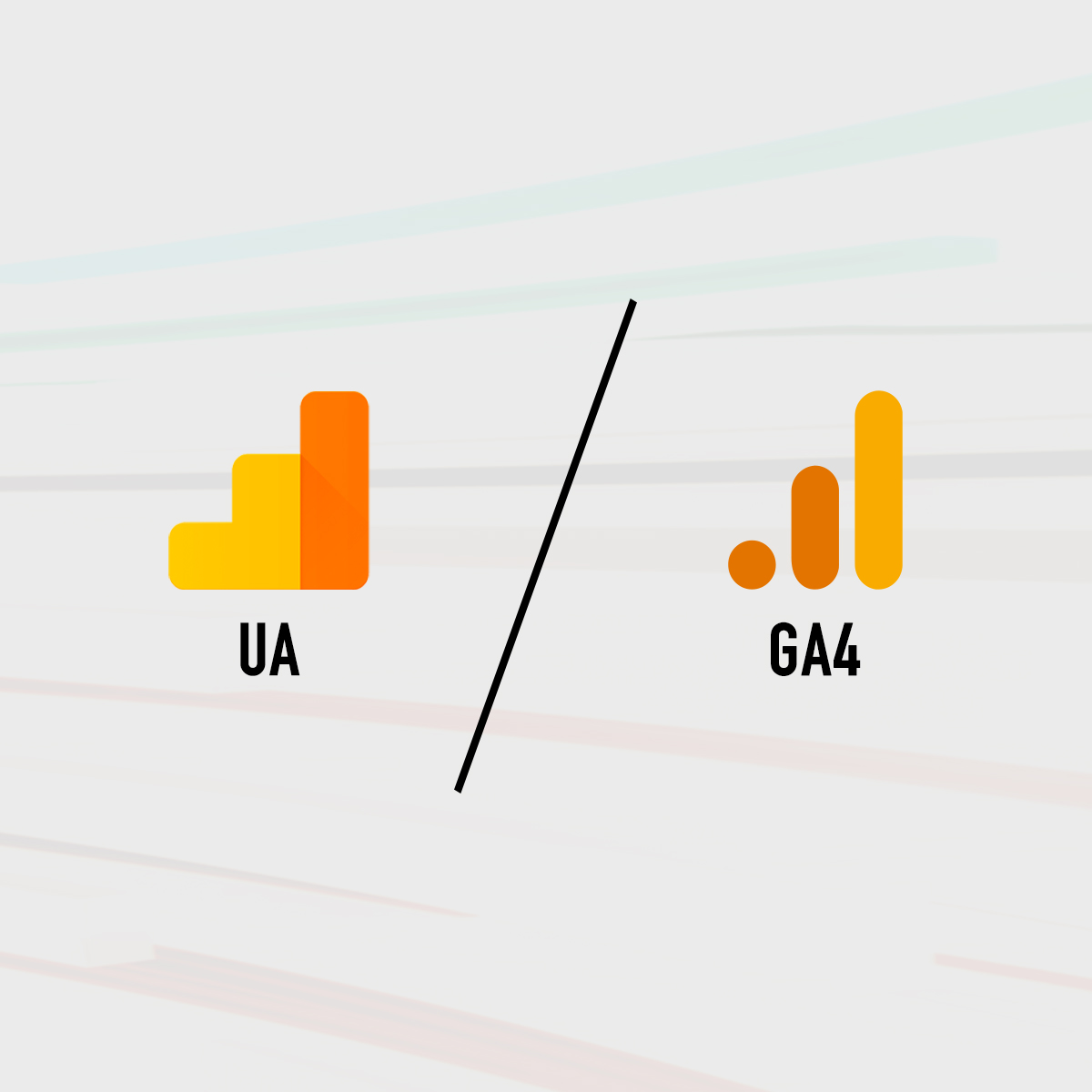
GA4 – What You Need to Know as Google Revamps its Analytics Suite
Google Analytics is a mainstay of digital marketing the world over. As the reporting suite developed by the company behind the world’s biggest search engine, it is first and foremost known as the essential tool for measuring and monitoring all things related to search marketing.
But over the years, as Google has spread its wings far beyond search, Google Analytics has grown to embrace much more than SEO and paid search campaigns. In fact, as the brand name of its last iteration Universal Analytics suggests, it has evolved into a one-stop shop for all aspects of web-based data collection and reporting.
At latest count, as well as digital advertising and search, it is used to track the performance of 28 million websites, including three quarters of the globe’s top 10,000 websites by traffic.
Universal Analytics has been a game-changer in Google’s data monitoring and reporting reach. But all good things must come to an end. As of July 2023, Universal Analytics will be shut down. It will be replaced by what is now the fourth full release of Google Analytics – known simply as Google Analytics 4, or GA4 for short.
With 12 months left to transition from Universal Analytics to GA4, here’s what you need to know.
What’s new about GA4?
COOKIELESS TRACKING
One of the big reasons Google gave for developing GA4 was to align analytics with its ambitions for a more privacy-friendly web. And cookies are very firmly in the tech giant’s crosshairs. For most of the history of the internet, collecting web data has depended on cookies – small files implanted on a user’s device when they click on a web page that contain unique identifiers. The simplest cookies provide basic data like page hits, session times, number of unique visits, frequency of visits etc. But over time, cookies have evolved to be able to collect and share data about the user, such as location and IP address. From a privacy perspective, what concerns consumer rights advocates most is that such information is not just shared with the website a user clicks on. Often other parties, such as digital advertising companies, circulate their own cookies via websites so they can track campaign performance and target the ads users see. It’s this rather murky free-for-all in user data that Google has taken aim at. From next year, its Chrome browser will no longer support third-party cookies. Introducing cookieless tracking on GA4 is part of the same mission, whilst also recognising that website owners and digital marketers still need a way of monitoring usage and performance data beyond. It’s important to say that GA4 doesn’t end cookie-based tracking completely – in fact, it still relies pretty heavily on first-party cookies, or cookies used directly by websites (and which, under laws like the GDPR, users have to consent to before they enter a site). But it loosens reliance on data obtained from cookies, using Machine Learning and advanced data modelling techniques to ‘fill in gaps’ so less data has to be collected, making tracking less invasive overall.INTEGRATED WEB AND APP DATA
In Universal Analytics, you have to collect data from websites and mobile apps as separate entities. There’s no simple way to integrate and compare web and app data. Given that people nowadays do the majority of their web browsing on mobile and switch fluidly between websites on a browser and mobile apps, this doesn’t reflect the realities of modern web usage. Google has put this right with GA4, which lets you collect and analyse web and app data as a single property.
EVENT-BASED ANALYTICS
Universal Analytics is built on what is known as a session-based data collection model. That means it focuses primarily on ‘hits’ on a web page as time-limited intervals and records what takes place within that time period as part of that discrete session’s data. While there is some focus on individual events (like clicking on a link, selecting a product), the breakdown into unique actions is not complete.
This is what Google has aimed for with GA4. It has defined a long list of individual events that are recorded as unique data points. There are even more available if websites enable what it calls enhanced measurement, while you can also choose pre-defined ‘recommended events’ or customise your own.
This shift makes it a lot easier to start collecting data about what people get up to on your sites in great detail without having to do a lot of work defining tags etc.
Making the switch to GA4
Universal Analytics will be switched off on July 1st 2023. There will be a window after which you will still be able to view Universal Analytics reports after that date. But you won’t be able to create new UA reports. All data will go through GA4 from then on.
That means that at some point in the next 12 months, Google Analytics users will have to get used to a new analytics suite. Which also means getting used to a new account structure. In GA4, you are required to set up separate account ‘properties’ (the recommendation is one property per website), and then connect the relevant data streams to it.
If you already run a website that you monitor with Universal Analytics, you can add GA4 to run alongside it. Data from the website will be fed into both up until July 1st 2023 after which it will only be fed into GA4. This gives you time to familiarise yourself with GA4 while also having the familiarity of Universal Analytics to fall back on.
You can also feed your existing Universal Analytics data into GA4. While you won’t be able to view reports the way you are used to in Universal Analytics, this will help to train GA4’s AI algorithms so they get up to speed understanding your site better.
If you have any questions about Google Analytics and making the switch over to GA4, please get in touch with our data intelligence team.
SHARE:



